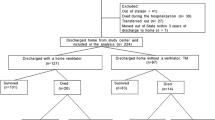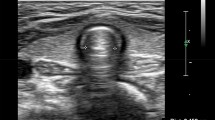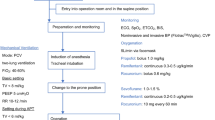Abstract
Over the last 20 years the Respiratory Unit at Danderyd Hospital, Sweden has treated and rehabilitated more than 90 patients on domiciliary ventilation, the majority of whom require night-time ventilation. Sixteen patients (11 men and 5 women) with high spinal cord lesions have been treated. Of these 16 patients, 9 are using diaphragmatic pacing. Every patient has a customised tube. If the patient can use diaphragmatic pacing the tube, as a rule, is single fenestrated. In patients using the ventilator full time, the tube is made to fit snugly in the trachea. When such a tube fits ‘as a bullet in its tube’ there is no need for a cuff. The patient has adequate ventilation and the small leak around the tube also permits good speech function. Sometimes a PEEP-valve is used to get a better voice.
Similar content being viewed by others
Log in or create a free account to read this content
Gain free access to this article, as well as selected content from this journal and more on nature.com
or
Author information
Authors and Affiliations
Rights and permissions
About this article
Cite this article
Andersson, G. The Swedish modification of the tracheostomy tube to permit speech. Spinal Cord 31, 203–206 (1993). https://doi.org/10.1038/sc.1993.38
Issue date:
DOI: https://doi.org/10.1038/sc.1993.38



